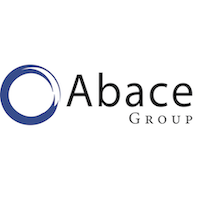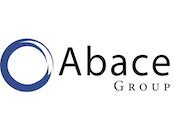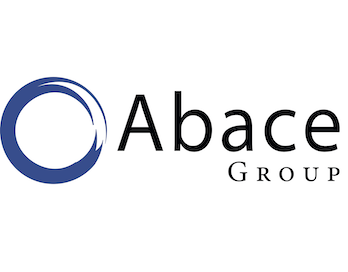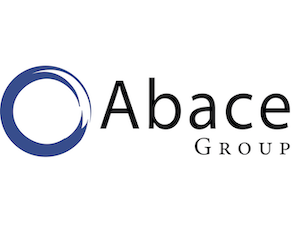THE UNTAPPED PROFIT IN TRADITIONAL INDUSTRIES
Certain traditional industries, knowing they are profitable, stick to their proven strategy. The art industry can be a good example of this trend. Companies in this kind of sectors often continue to use limited methods, leaving behind valuable opportunities to engage with a wider audience. However, innovators never stop pushing their boundaries.
In ABACE Group we are lucky to be working with “the Maestro” Lino Tagliapietra, the Louis Armstrong of Glass Blowing. While ABACE team couldn’t even go close to the Maestro’s artistic skills, we are collaborating with his team to continue the artist’s endless push for innovation with a focus on his customers, truly in Lino’s style. All this while also adding a modern touch to his delivered experiences through our D3 approach.
Here we share three of the most important things we based our Data Driven Innovation Methodology. They need to be applied … and then further applied in order:
1. ARRANGE YOUR HOUSE
The more data you have, the bigger the problem, unless you organise it properly.
Imagine an art seller keeping record of all the artwork information, movements and exhibitions throughout the company’s lifespan. An essential task that should not be taken for granted. However, in order to make the most out of it: the right data structure for your needs must be put in place.
When working on a Data Innovation projects, this is always our first step. We make sure whichever information the business stores is organised in a fit for purpose way, directly driven by their current and long-term needs.
2. THE POWER OF ORGANISATION
Once in order, the next step is extracting from the database meaningful value. Now the database provides flow to data (as if it was telling us a story) and the analysis can start.
At this stage, our seller from the previous example will be able to derive from the database information such as where an artwork was sold, how the client engaged with the seller, which exhibitions were most successful and how they were different from one and other, essentially, what the customer journey looks like… And all this, just by properly structuring data and enabling the current staff to perform simple pieces of analysis, without the need of hiring a Data Science team.
3. ART FROM MATHS
If your company is ready, new and more sophisticated outcomes can be delivered from all the previous work. Understand your clients’ feelings, dynamically personalise your value propositions… change the current state of your industry.
Our data collector, with this preprocessed data, is now ready to feed any AI algorithm. In addition, designers can employ Machine Learning outputs to create personalised experiences for the prospect buyers: art from maths.
In ABACE, collaborating with Lino is giving us the chance to rethink what an art exhibition could look like and how this Data Driven processes and technologies can boost the impact an artwork has on our feelings and what message it conveys to her/his audience.
Thank you Lino for sharing with us the art of Glass Blowing, what a wonderful world…



